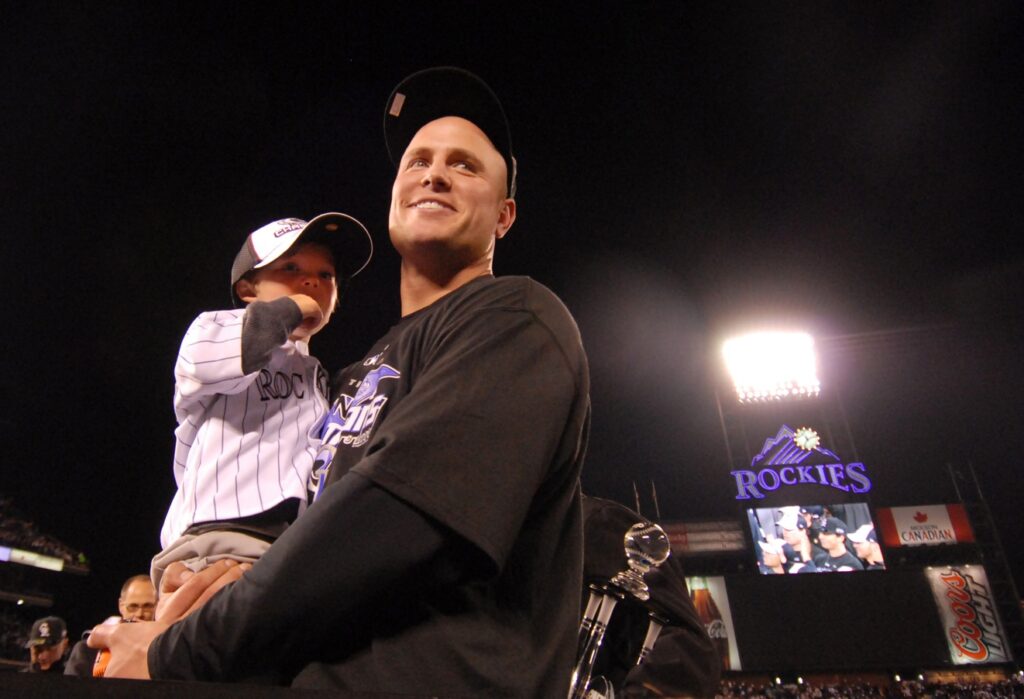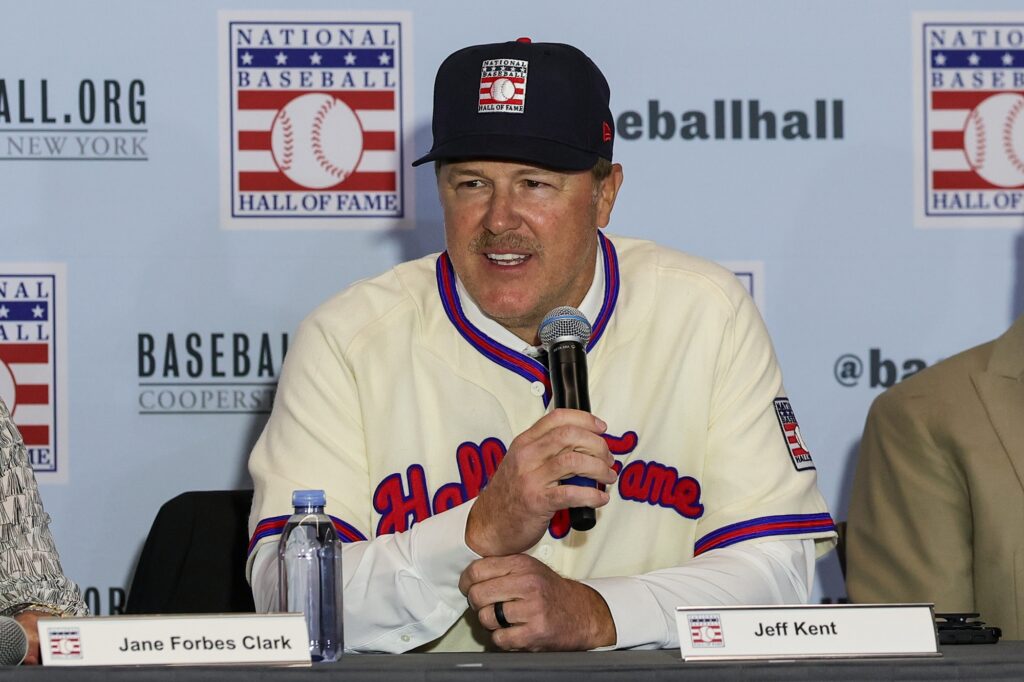With the Baltimore Orioles promoting former player Matt Holliday’s son, Jackson Holliday, the widely-regarded top prospect in Major League Baseball (MLB), it feels prudent to look back at how family ties have shaped this sport’s extensive history.
Baseball has brought families closer over the past century, especially fathers, sons, and brothers. Nowadays, it seems that there are more second-generation MLB players than in the past, with prospects like Holliday growing up around the game, accompanying their dads in their playing days, and then taking the time to hone their skills and ascend to that same level of competition.
Baseball, a Family Affair
Part 1: Siblings
Past History
Some of the best players in MLB history have played simultaneously as their siblings or followed in their father’s footsteps. Over 350 sets of brothers have played in this league, around 100 of them experiencing the opportunity to be teammates.
In the 1940s and 1950s, the three DiMaggio boys (Joe, Vince, and Dom) took the sport by storm, making history as the only brother trio to all become All-Stars. While the New York Yankees’ legend Joe was the best and most famous because of his unbreakable league-record hitting streak and off-the-field fling with Marilyn Monroe, his two brothers were stellar players in their own right.
In addition to the DiMaggios, the Alomar and Alou brothers made headlines in this league. Hall-of-Famer Roberto Alomar established himself as one of the best second basemen in MLB history in the 1990s with the Toronto Blue Jays and Orioles. He then teamed up with his brother Sandy Alomar on the San Diego Padres, Cleveland Guardians/Indians, and Chicago White Sox towards the end of their careers. Thirty years earlier, Felipe, Jesús, and Matty Alou had successful careers in the 1960s and early 1970s, with all three siblings teaming up on the San Francisco Giants’ 1963 roster.
Modern-day
Following are a few examples of brothers currently making waves in the league. Twin relief pitchers Taylor and Tyler Rogers are major parts of the Giants’ bullpen, and brothers Bo and Josh Naylor are teammates and key contributors for Cleveland. On April 11 (National Sibling Day), the Naylor brothers homered in the same inning for the second time in their professional careers, leading the Cleveland offense to a come-from-behind extra-inning victory against the White Sox.
In 2022, catchers Willson and William Contreas became the fifth pair of brothers to start an All-Star Game, with one catching and the other the designated hitter. Consistent, reliable Kyle Seager manned third base for the Seattle Mariners from 2011 to 2021. Kyle is now retired but his younger brother, shortstop Corey Seager is still playing and remains one of the best players in baseball. The two-time champion is fresh off winning his second World Series Most Valuable Player last year as the former Los Angeles Dodgers player led the Texas Rangers to their first World Series title.
Part 2: Fathers and Sons
Past History
While brothers get some attention, legacies may generate more steam due to the longevity and recognition when a son rises bearing the same name as his famous father. The Giants’ history perfectly illustrates this as MLB legend Willie Mays cemented his immense legacy over the Say-Hey-Kid’s 23-year career full of awe-inspiring offensive and defensive moments of brilliance. Mays’ family friend Bobby Bonds hit 332 home runs and earned three Gold Glove awards during his 14-year career, the initial seven seasons spent with the Giants.
Then came Bobby’s son Barry (Willie’s godson) who transformed from a young, athletic burgeoning superstar with the Pittsburgh Pirates to a hulking, steroid-infused Giants slugger who mashed an MLB record 762 home runs. Ken Griffey Sr and Ken Griffey Jr are in a similar boat to the Bonds duo as both sons achieved more notoriety and fame than their fathers.
Modern-day
Second-generation players are increasingly prevalent in professional baseball. Take the Blue Jays, for example as that team has three players whose dads all played professionally. Talented shortstop Bo Bichette has accumulated 17.7 wins above replacement (WAR), almost ten more than his dad Dante Bichette, who was an outfielder for multiple teams from 1988 to 2001. Infielder Cavan Biggio’s father is Houston Astros’ legend, MLB Hall-of-Famer Craig Biggio and first baseman Vladimir Guerrero Jr has picked up where his father Vladimir Guerrero left off when it comes to launching rocket home runs.
Although it seems like Toronto is hoarding all the legacy players, others are spread out across the league. Padres’ superstar right fielder Fernando Tatis Jr’s dad played in the Majors as did the fathers of Chicago Cubs’ outfielder Cody Bellinger and Pirates’ third baseman Ke’Bryan Hayes. Additionally, Druw Jones, the player picked right behind Holliday at the beginning of 2022’s amateur draft, is the son of former Atlanta Braves center fielder Andruw Jones.
Unfortunately, Jones remains in the lower levels of the Arizona Diamondbacks minor league system, while Holliday has rocketed up to the top at hyper-speed. Likewise, former pitcher Al Leiter’s son Jack Leiter has not made the Majors as quickly as the Rangers had hoped after they selected him second overall in 2021. The former University of Vanderbilt pitcher has found minor league hitters tougher than collegiate ones in his first two professional seasons.
Expectations are sky-high for Holliday as the five-tool talent looks to make his mark on a loaded Orioles squad. It is not out of the realm of possibility that the 20-year-old finds himself in the American League Rookie of the Year conversation this Fall. Jackson’s quick rise bodes well for his younger brother Ethan, one of the top high school prospects in the 2025 class. Likely, the Hollidays will help inspire this next generation of legacies as more former players’ kids grow up and pursue their dreams of playing ball.
Main Image: Mark J. Rebilas-USA TODAY Sports



